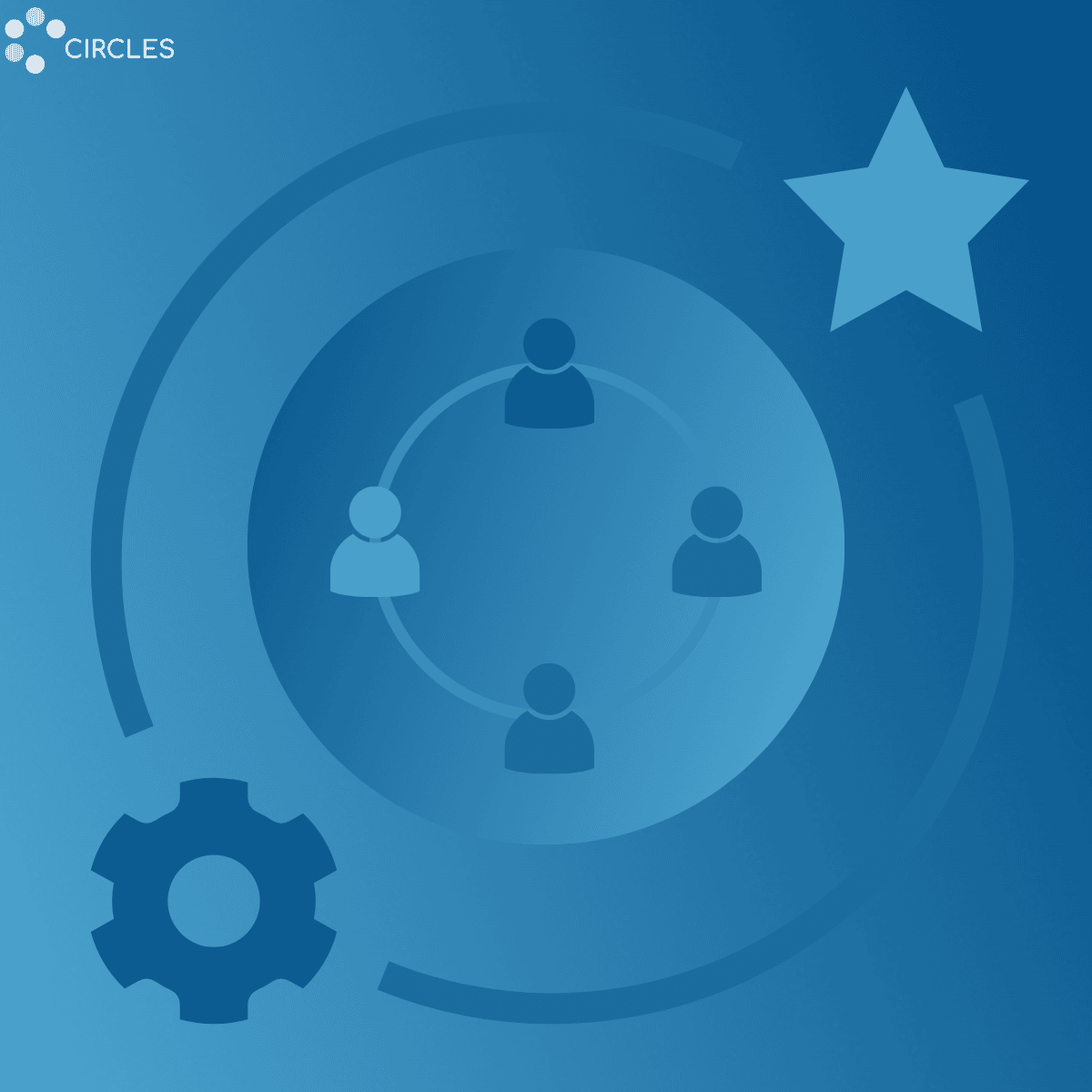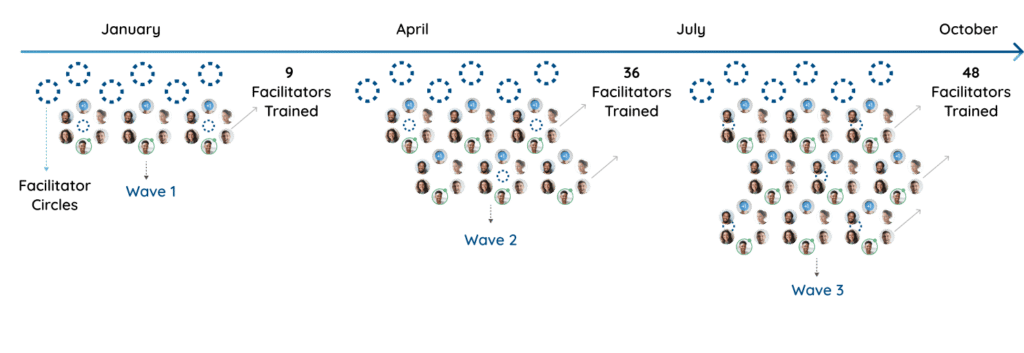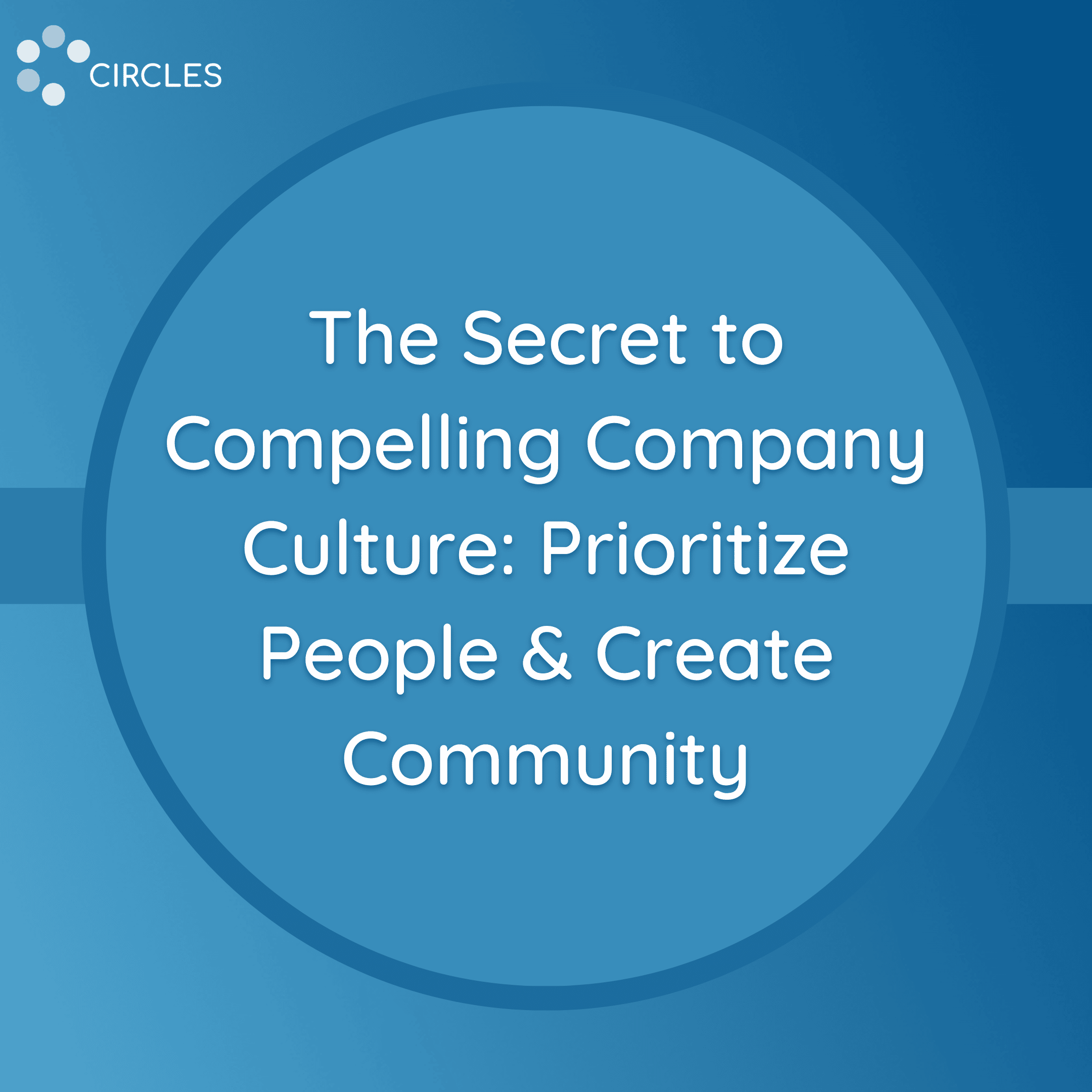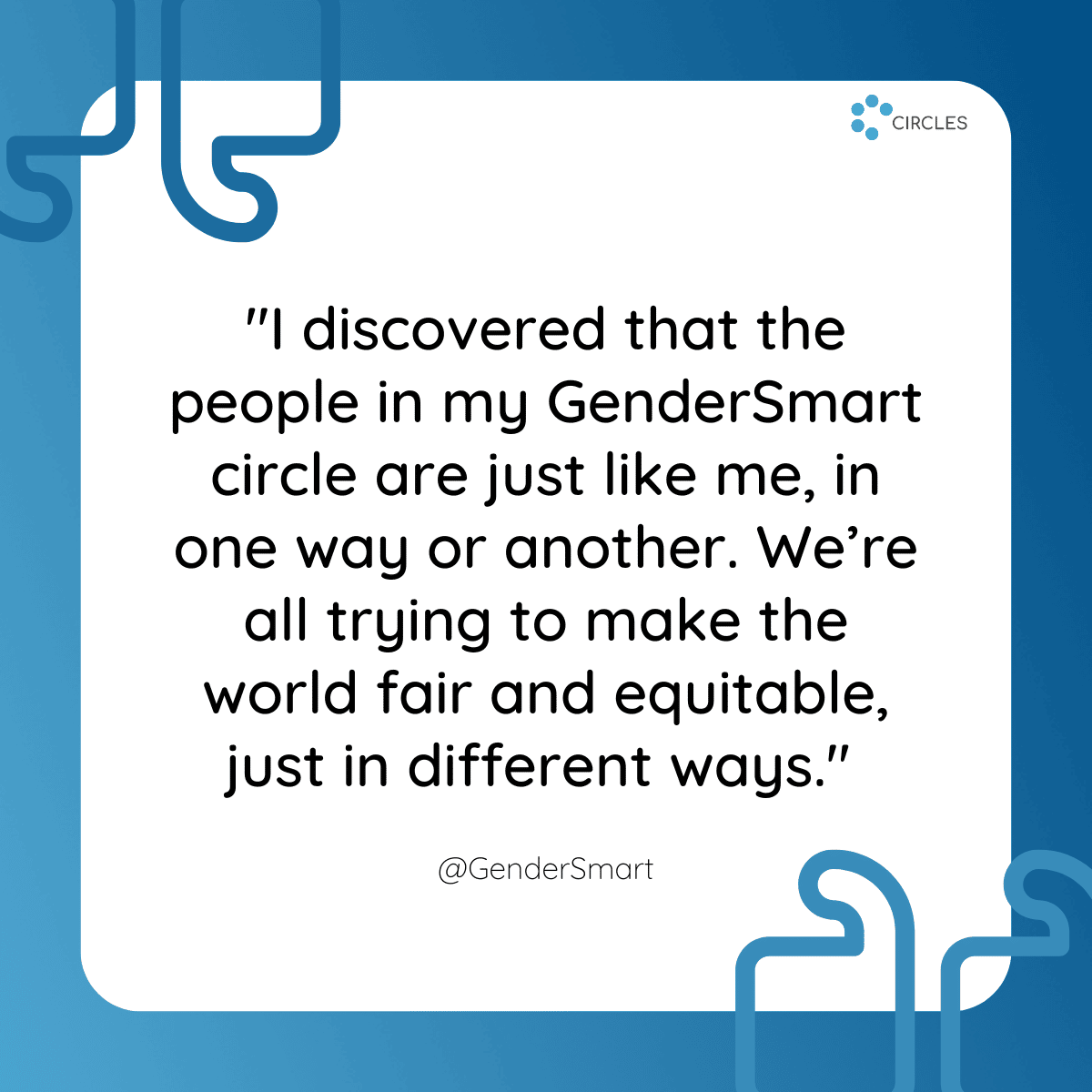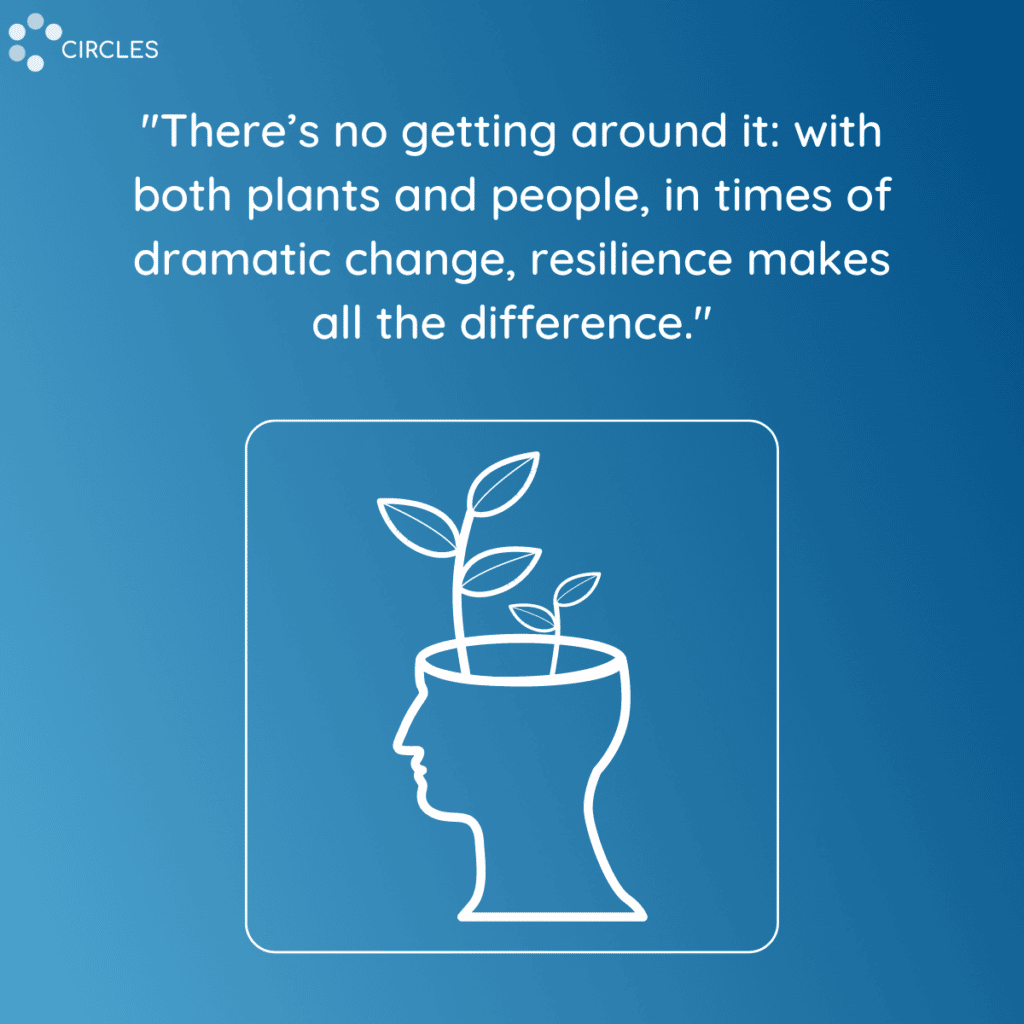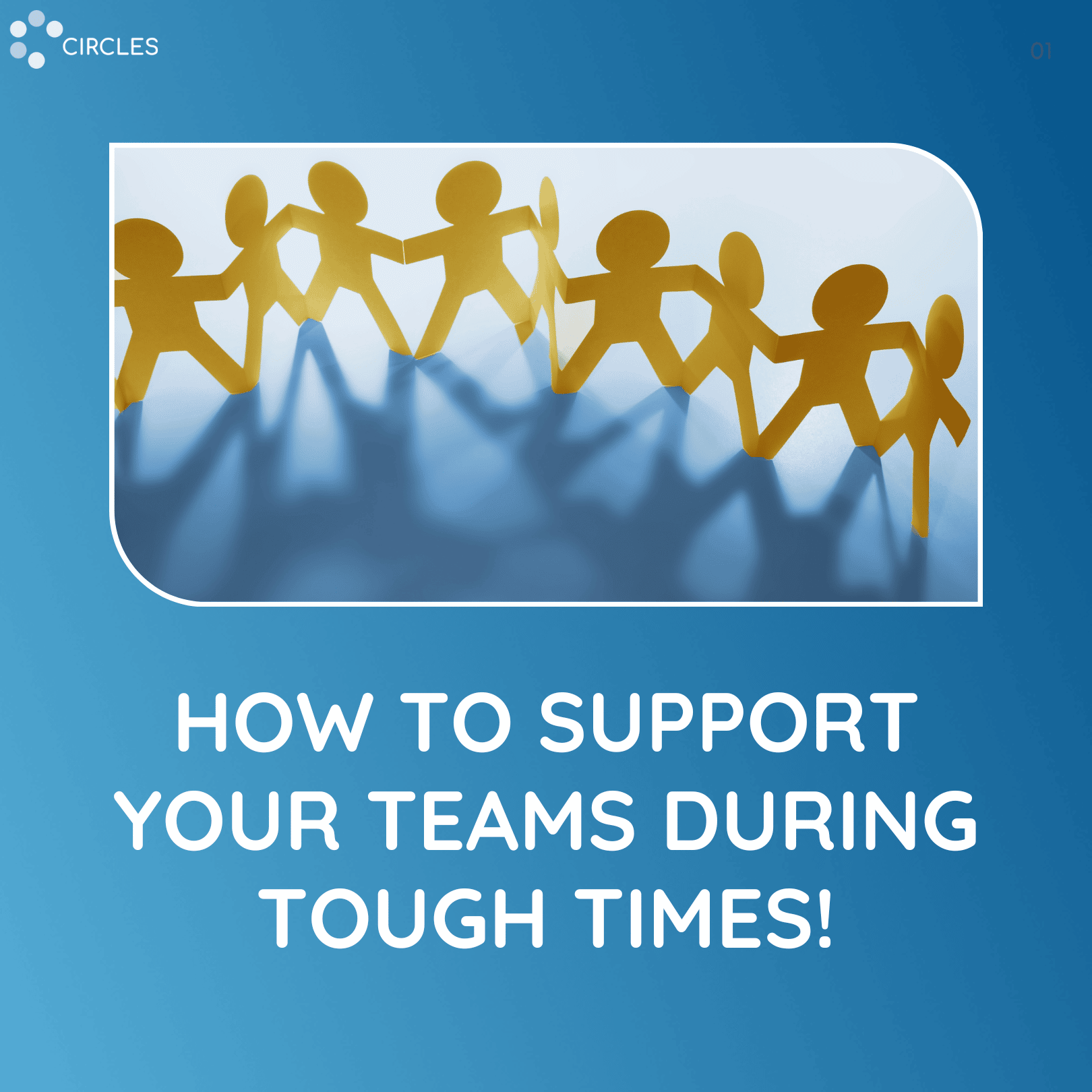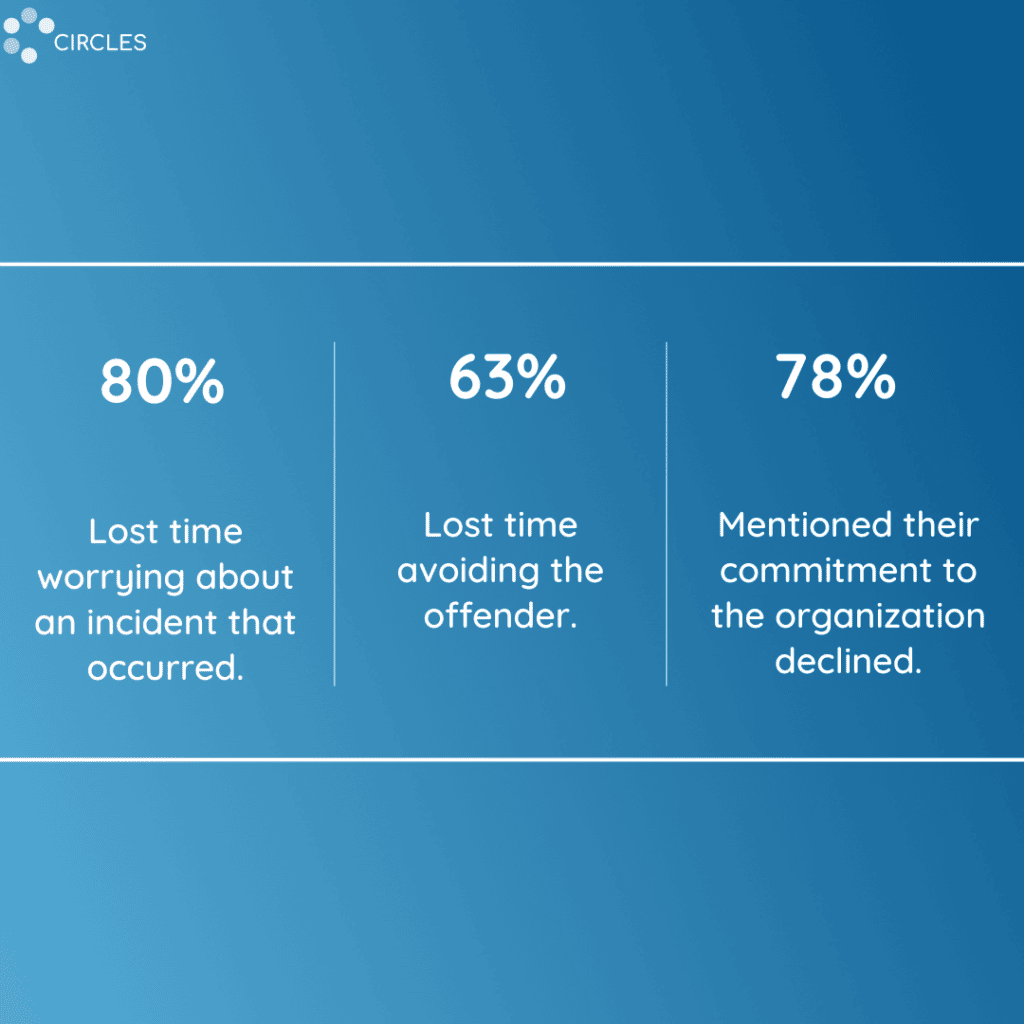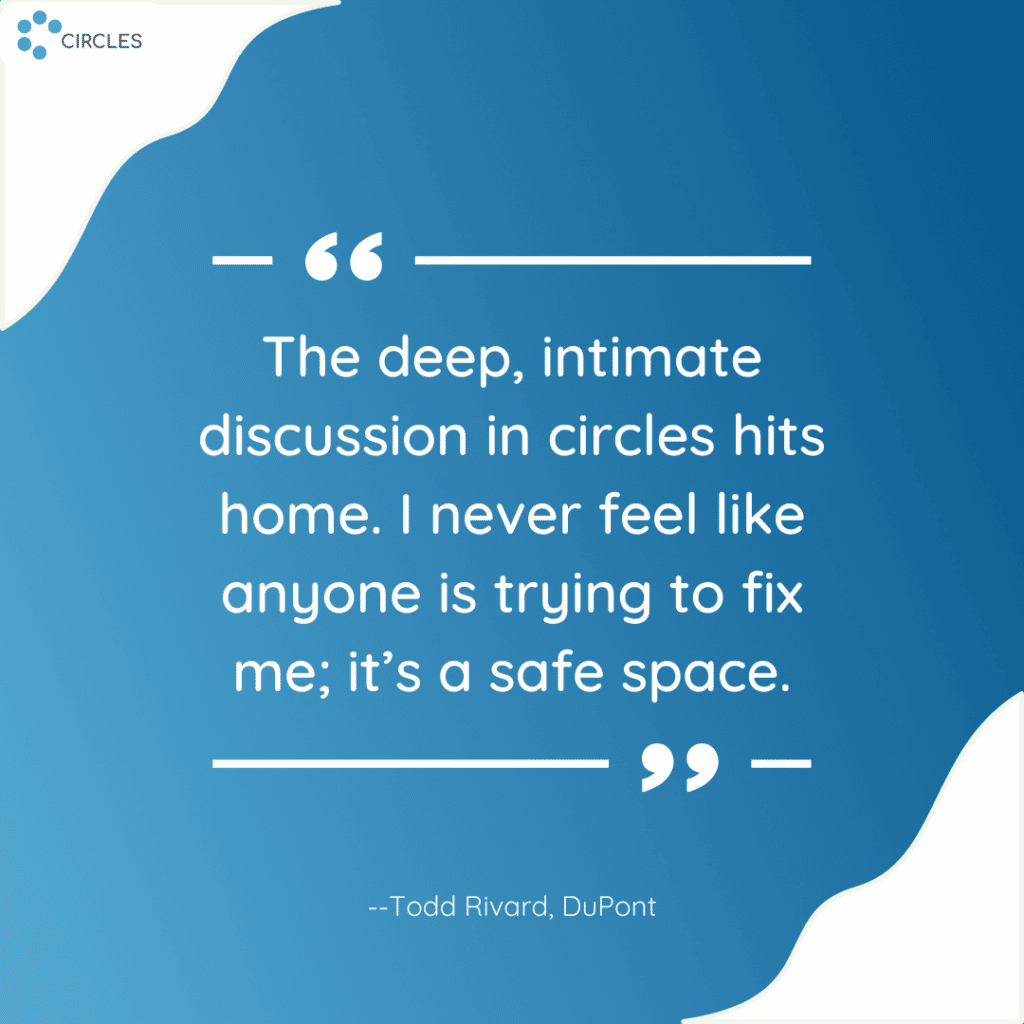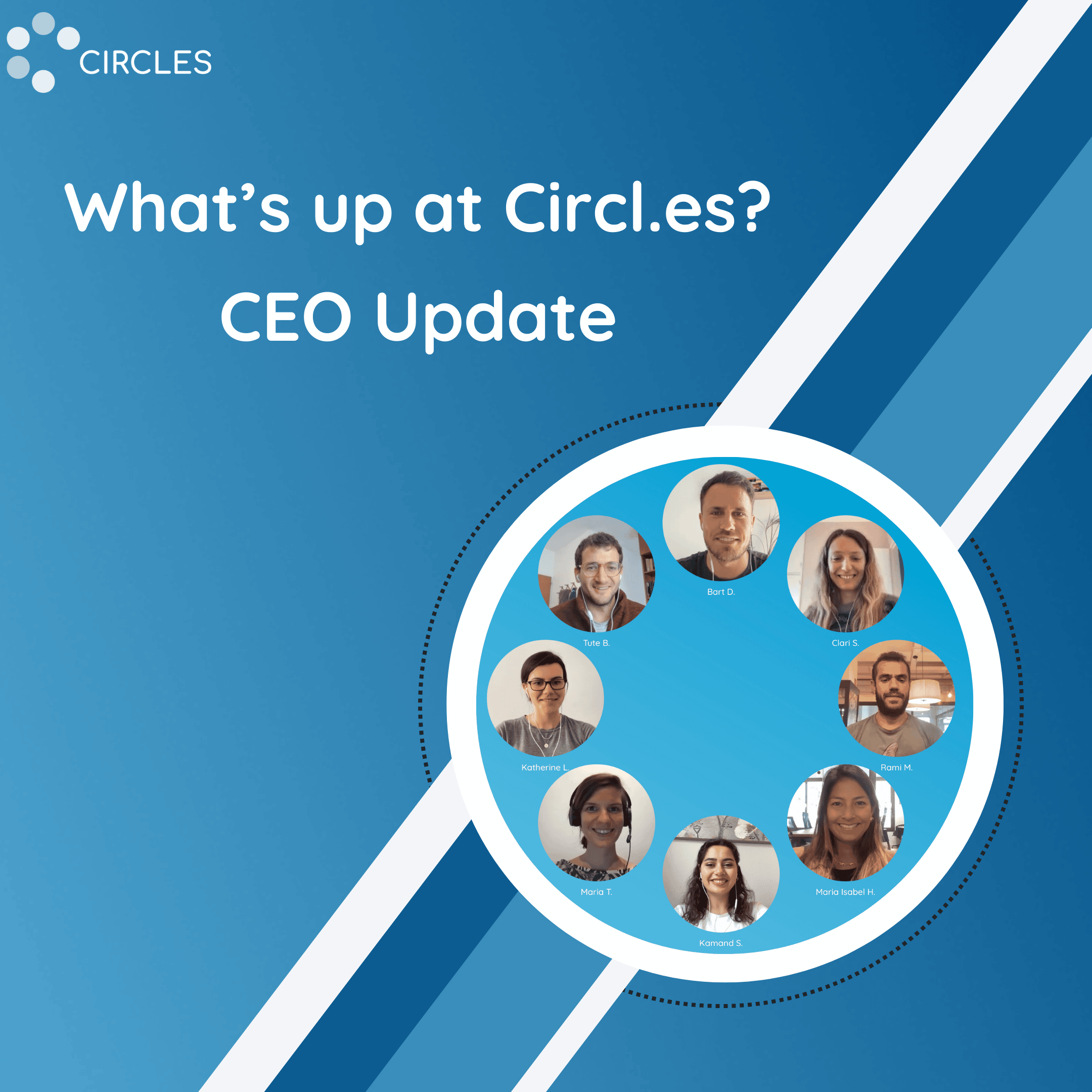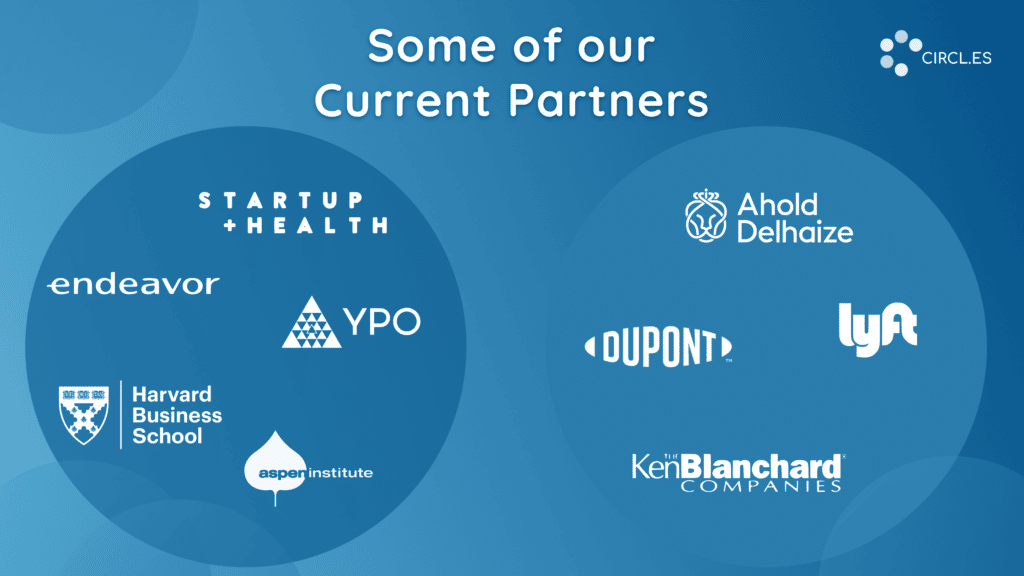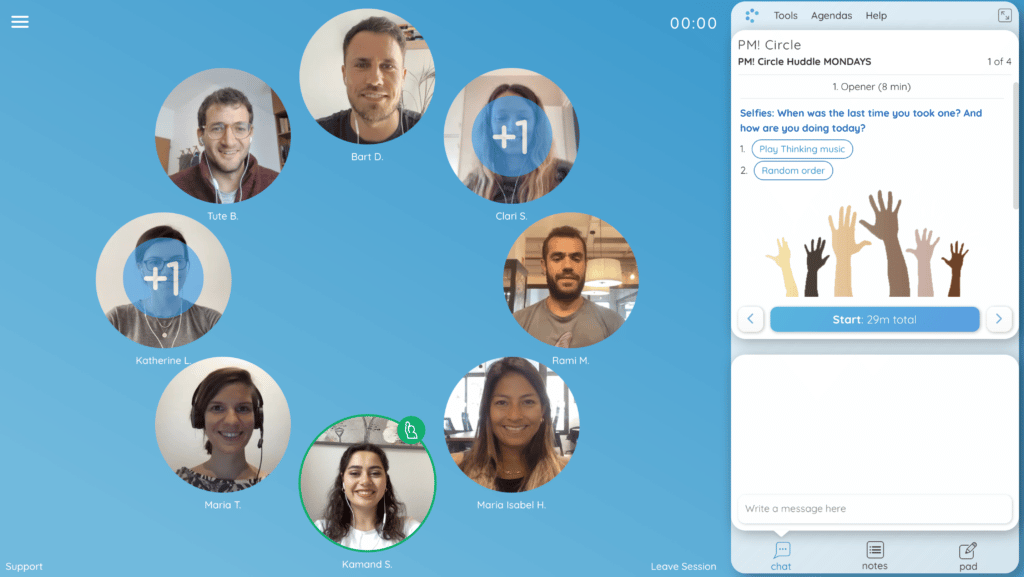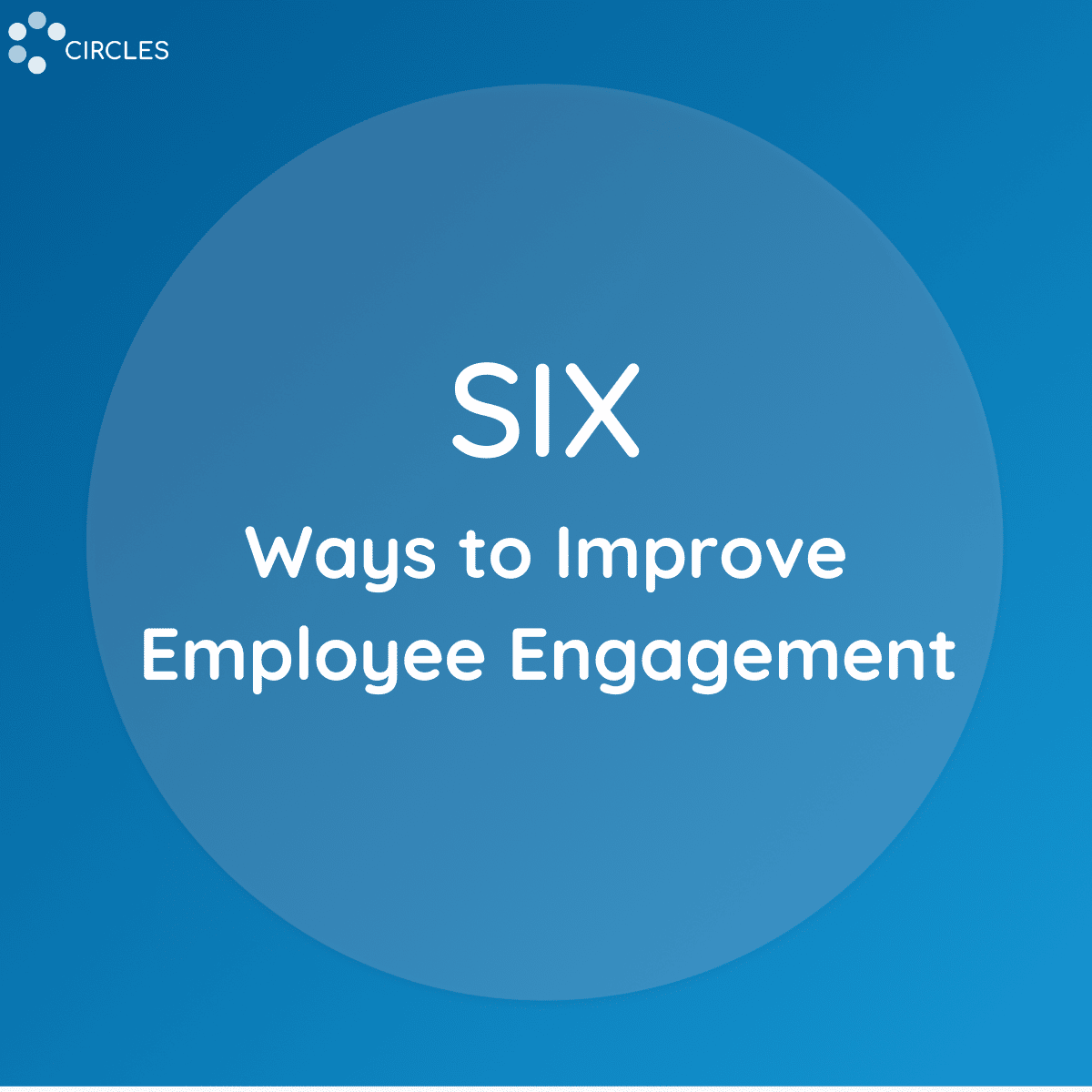Even while organizational leaders create belonging for their teams, many are looking for ways to stay connected with other leaders themselves. One thing humans all seem to have in common is a desire for community and connection.
That’s why we started inviting Talent Development & Enablement professionals into connection circles, allowing them to share their most pressing challenges. Many feel the isolation stemming from leadership in the digital era, sometimes leading to loneliness in their work. They’re often battling the weariness that comes from navigating constant change. Yet when they come together, they realize they’re not alone–in fact, they’re all facing similar challenges. And they genuinely want to learn from one another: one leader who joined stated: “I started a role in mid-October for the first time in my career and am keen to learn from tenured practitioners”.
Here’s a window into three topics they’re processing during our sessions, and how Circles can help.
- Shaping Culture From a Distance
In today’s digital era, many are still implementing “back to work” strategies in fits and starts, navigating the ever-changing future of work. One major workplace hurdle is the shift to full or partially remote teams–the leaders in our circles face training and retaining an increasingly non-desk workforce. The complexity multiplies for teams distributed globally, requiring content contextualized across multiple countries and languages.
Constant change also has many companies reforming their identities, asking hard questions like: Who are we, and what are we really striving to achieve? They must communicate culture changes in real-time, in an authentic way that outpaces and outlasts buzzwords.
One large consulting firm we partner with has turned to Circles to help solve their global disconnection problem, stating that “As we expand, circles is one of the ways we connect our global, virtual community.” Gathering employees in inclusive circles not only connects employees who work remotely, on-site or somewhere in between–it even connects them across the world, and sends a message about company culture while doing so: there’s space for every voice.
- Measuring Inclusion
Because the professionals in our circles have the pulse on the people, they understand uniquely how vital inclusion efforts are. While there’s generally increasing corporate buy-in that inclusion matters, these efforts are sometimes viewed as flash-in-the-pan trends left struggling to survive recession budget cuts. Prioritizing inclusion remains an uphill battle.
Especially in data-driven organizations, inclusion is also difficult to measure. Oftentimes, leaders rely on employee satisfaction tools to determine success of programs. Thriving Employee Resource Groups have been another way to measure inclusion, and some of our customers’ ERGs meet or have breakouts in Circles. Yet the leaders we hear from are still looking for new innovative benchmarks in the diversity, equity and inclusion space.
That’s why we designed circles as inclusive spaces to connect and grow: implement circles programs and train a growing pool of facilitators, and you’ve added another inclusion metric to your toolkit.
Navigating culture change & buoying inclusion efforts leaves the leaders that participate in our circles on the brink of burnout.
- Avoiding Burnout
What’s the best way to navigate fatigue and burnout? Sometimes, it’s simply circling up with other leaders who understand and are walking a similar path. Those attending our circles sessions come from different backgrounds and experiences, and they leave grateful for the common ground found through dialogue and exchange, often equating it with group therapy.
One participant shared: “It’s great to meet in a small intimate session and build connection and relationship with others; I loved the platform, the centering of voices and the connection.”
One of our partner communities, GenderSmart, meets regularly in circles, bringing together finance professionals fighting for gender equity in finance. One participant described her sessions like this: “Circles conversations gave me grounding in terms of better connection–all the people in these conversations are just like me one way or the other. We’re all trying to make the world, just, fair, equitable, just in different ways.” Others mentioned how their sessions were confidence boosters in the battle against imposter syndrome, and how unusual it was to experience intimacy and bonding on a virtual platform.
The belonging these leaders walk away with is exactly what they’re trying to provide for their own employees.
Ongoing Involvement
Circles help leaders avoid burnout and shape an inclusive company culture for the modern workplace. Professionals who participate in one of our circles have multiple connection options going forward: joining our LinkedIn Community, investigating taking Circles into their own organization, and participating in one of our ongoing Leadership Circles.
Do you need a place to connect and grow in the new year? Try one of our circles this month!
